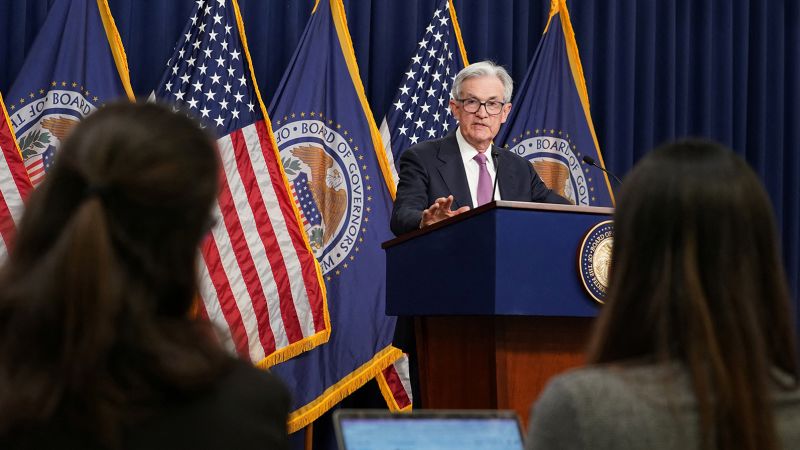A version of this story first appeared in CNN Business’ Before the Bell newsletter. Not a subscriber? You can sign up right here. You can listen to an audio version of the newsletter by clicking the same link.
After the June jobs report showed a cooling but still-hot picture of the labor market, investors are looking to a key inflation report due Wednesday for more clues on the economy’s health. But some investors say the results will likely do little to sway the Federal Reserve’s interest rate trajectory.
What happened: The labor market added just 209,000 jobs in June, below economists’ expectations for a net gain of 225,000 jobs. That’s the smallest monthly gain since a decline in December 2020.
But beneath the surface, the jobs market remains hot. Average hourly earnings growth remained steady at 0.4% from May and also unchanged at 4.4% year-over-year, suggesting that wage inflation remains sticky. The unemployment rate also fell to 3.6% from 3.7%, though jobless rates for Black and Hispanic workers rose sharply.
There is “nothing in the release that would change our expectation that the Fed has more work to do,” said Joseph Davis, global chief economist at Vanguard.
Accordingly, traders continued to overwhelmingly expect a quarter-point rate hike at the Fed’s July meeting. Traders saw a roughly 92% chance of such a decision as of the market close on Friday, according to the CME FedWatch Tool.
What’s next: The June Consumer Price Index report, a key inflation reading, is due on Wednesday.
Economists expect a 3.1% increase in consumer prices for the year ended in June, which would be a cooldown from a 4% annual increase in May, according to Refinitiv.
Recent data has suggested that inflation is coming down, though it remains above the Fed’s 2% target. The Personal Consumption Expenditures price index, the Fed’s favorite inflation gauge, rose 3.8% for the 12 months ended in May. That’s down from the revised 4.3% annual rise seen in April.
But it’s unlikely that the June CPI report will change the Fed’s interest rate trajectory, barring a huge upside or downside surprise, especially considering that Fed officials in recent weeks have been vocal that more rate hikes are likely coming, said James Ragan, director of wealth management research at DA Davidson.
Still, that doesn’t mean investors should expect infinite rate hikes from the Fed.
“We continue to expect that [the] Fed will soon reach its terminal rate, bringing it closer toward the end of its most aggressive tightening campaign in generations,” said Candice Tse, global head of strategic advisory solutions at Goldman Sachs Asset Management.
The Producer Price Index report for June is due on Thursday.
UPS and the Teamsters union are in contract negotiations. Without a deal, 340,000 Teamsters could go on strike on August 1.
Such an event could be damaging to the US economy, reports my colleague Chris Isidore.
UPS carries 6% of the country’s gross domestic product in its trucks. The company carried an average of 20.8 million US packages a day through last year, and that number is down only slightly this year.
In other words, the company’s services are critical to keeping the gears moving seamlessly in supply chains that saw massive snarls during the height of the Covid pandemic. A strike could potentially bring back the problems that were so prominent just a couple years ago, including shipping delays and higher prices.
The Biden administration is keeping an eye on negotiations between both parties in “recognition of the role UPS plays in our economy and of the important work that UPS workers did through the pandemic and continue to do today,” acting labor secretary Julie Su told CNN on Friday.
But the company and union broke off last week, with both sides claiming the other walked away from the bargaining table.
Read more here.
Monday: Consumer credit for May and NY Federal Reserve’s Survey of Consumer Expectations for June.
Tuesday: NFIB small business optimism survey for June.
Wednesday: Consumer Price Index report and housing starts for June.
Thursday: Producer Price Index report for June.
Friday: University of Michigan consumer sentiment and inflation expectations for July.
Read the full article here





